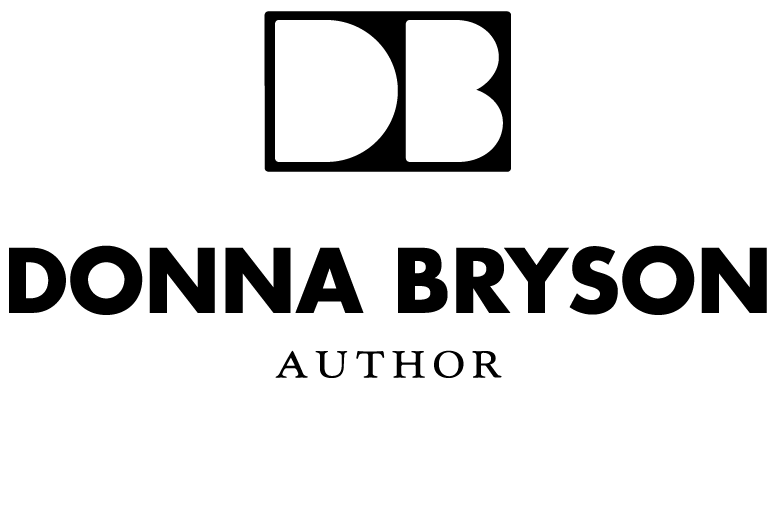I started visiting the Denver Art Museum long before we moved to town in 2012. For years, I skipped the museum’s collection of paintings and sculpture celebrating the American West. I didn’t expect to connect to sunset vistas that, despite their expansiveness, offered a narrow view of our history.
Then, in 2014, the museum lost a bet. A Frederic Remington bronze known as “The Broncho Buster” — the spelling is an outdated form for the horse — was headed to the Seattle Art Museum for three months because the Seattle Seahawks beat the Denver Broncos 43-8 in the Super Bowl. I headed over to the museum to write a story about the broncho and its rider being crated up for the trip. I was able to get closer to the statue than would have been possible when it was on display in a glass case. I was struck by the energy and texture Remington packed into the piece, which fit into a crate not much bigger than a hotel room refrigerator. I could see the hairs in the horse’s tail and the muscles in the rider’s hand gripping the mane. It was lovely.
So, I started to linger in the American West gallery, marveling at the beauty even though I remained skeptical of the subject matter. A year after my Broncho moment, I even attended a gallery talk at DAM with Colorado artist William Matthews, who spoke of developing an audience that likes “seeing something unusual and not predictable.” His light-filled watercolors have cows and horses, but also trucks and gas canisters. In one portrait, a cowboy friend, who was trying to kick the habit, sucks on a lollipop instead of a cigarette.
It’s as if step by step, I was being prepared for the current DAM show, The Western: An Epic in Art and Film. It was curated by DAM’s Thomas Brent Smith, who had put together the Matthews exhibition, and Mary Dailey Desmarais of the Montreal Museum of Fine Arts.
The show includes art and artifacts – a pamphlet guide for pioneers back when the migration debate was a bit different; Sergio Leone’s passport (The Good, the Bad and the Ugly is a favorite of mine); a sleek Harley from Easy Rider. Smith and Desmarais tell a story of 19th century artists’ depictions of the American West influencing 20th century filmmakers, and then painters, artists and directors maturing to address more complicated issues.
The first paintings in the show are from just after the Civil War. Idyllic images were meant to help heal a divided nation and focus attention and energies on new opportunities. Even if those opportunities came at the expense of Native Americans who often literally did not figure in the paintings. This reading (also explored across the street at History Colorado in a companion show called “Backstory: Western American Art in Context”) adds nuance to the cliché landscapes I’d so long avoided.
Movie makers recreated the paintings, sometimes down to the placement of the trees. And they animated the stock characters of Remington and Albert Bierstadt: heroic cowboys, upright lawmen, saintly frontier wives, noble but doomed Native Americans.
The painting, sculptures and movies become less triumphant after World War II. We begin to see a more diverse America depicted in the 1960s. The show includes a mournful Andy Warhol portrait of American-Indian activist Russell Means and an homage to Mel Brooks’s anti-racist Western satire, “Blazing Saddles.”
The Warhol is as lovely as The Broncho Buster. As the work in the show grows darker and more complex, beauty links it to the early pieces. It must be something about the light out West.
